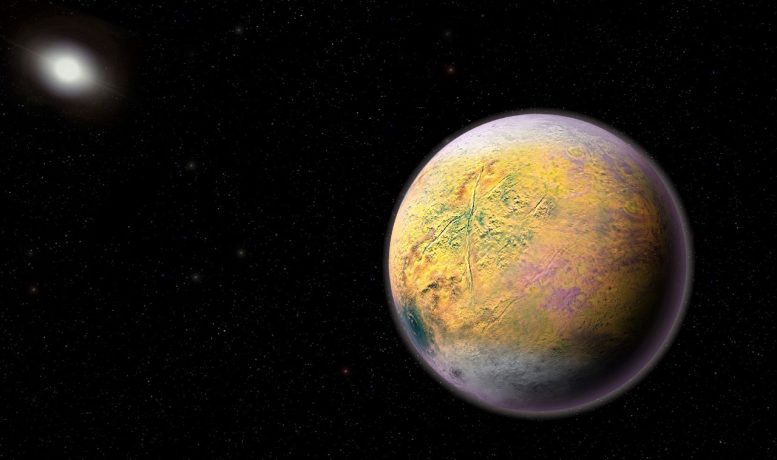
An artist’s conception of distant Planet X, which could be shaping the orbits of smaller extremely distant objects. Credit: Carnegie Institution for Science, Roberto Molar Candanosa/Scott Sheppard
Astronomers have discovered a new object at the edge of our solar system. The new extremely distant object far beyond Pluto has an orbit that supports the presence of a larger unknown planet or “Planet X.”
The newly-found object, called 2015 TG387, was announced by the International Astronomical Union’s Minor Planet Center on October 1. A paper with the full details of the discovery has also been submitted to The Astronomical Journal. The discovery was made by Carnegie Institution for Sciences’ Scott Sheppard, Northern Arizona University’s Chad Trujillo, and the University of Hawaiʻi Institute for Astronomy’s David Tholen. All three researchers earned their PhDs from the University of Hawaiʻi.
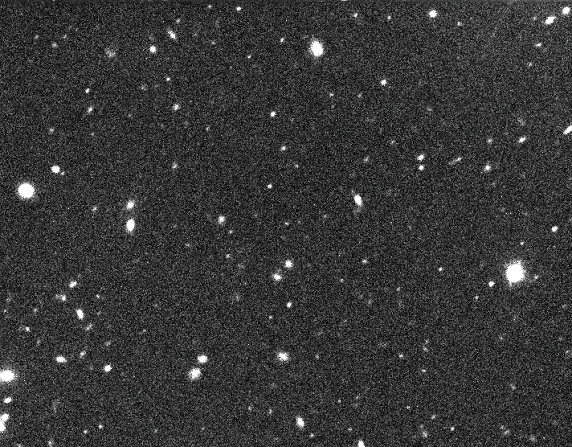
Movie of the discovery images of 2015 TG387. Two images were taken about 3 hours apart on October 13, 2015, at the Subaru Telescope on Maunakea, Hawaiʻi. 2015 TG387 can be seen moving between the images near the center, while the more distant background stars and galaxies remain stationary. Credit: Dave Tholen, Chad Trujillo, Scott Sheppard
2015 TG387 was discovered about 80 astronomical units (AU) from the sun. One AU is the distance between the Earth and Sun. For context, Pluto’s distance is around 34 AU, so 2015 TG387 is about two-and-a-half times further away from the sun than Pluto is right now.
“We think there could be thousands of small bodies like 2015 TG387 out on the solar system’s fringes, but their distance makes finding them very difficult,” Tholen said. “Currently we would only detect 2015 TG387 when it is near its closest approach to the sun. For some 99 percent of its 40,000-year orbit, it would be too faint to see, even with today’s largest telescopes.text”
Tholen first observed 2015 TG387 in October of 2015 at the Japanese Subaru 8-meter telescope on Maunakea. The team’s software detected the unusual moving object, which led Tholen to more carefully measure the object’s position and determine where to point other telescopes for follow-up observations.
It took the team a few years of observations to obtain a good orbit for 2015T G387 because it moves slowly, over a large orbit, so it has a very long orbital period. Follow-up observations at the Magellan telescope at Carnegie’s Las Campanas Observatory in Chile and the Discovery Channel Telescope in Arizona, were obtained in 2015, 2016, 2017, and 2018, to measure 2015 TG387’s orbit.
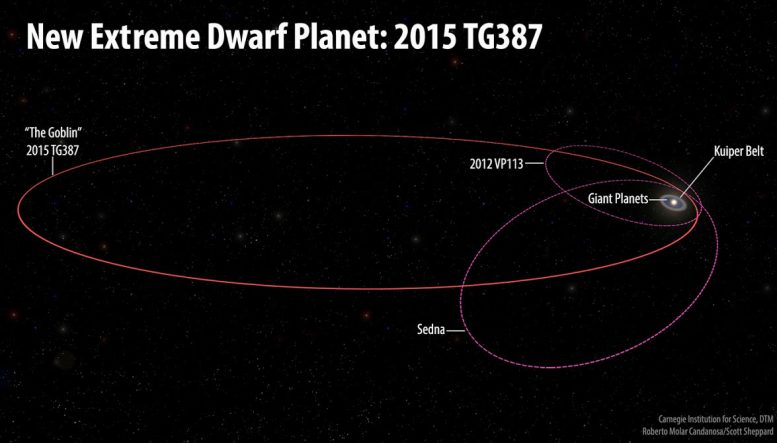
The orbits of the new extreme dwarf planet 2015 TG387 and its fellow Inner Oort Cloud objects 2012 VP113 and Sedna, as compared with the rest of the Solar System. 2015 TG387 was nicknamed “The Goblin” by its discoverers, since its provisional designation contains “TG”, and the object was first seen around Halloween. Its orbit has a larger semi-major axis than both 2012 VP11 and Sedna, so it travels much farther from the Sun, out to 2300 AU. Credit: Roberto Molar Candanosa and Scott Sheppard / Carnegie Institution for Science
The object was discovered as part of the team’s ongoing hunt for unknown dwarf planets and Planet X. It is the largest and deepest survey ever conducted for distant solar system objects.
“These distant objects are like breadcrumbs leading us to Planet X. The more of them we can find, the better we can understand the outer solar system and the possible planet that we think is shaping their orbits—a discovery that would redefine our knowledge of the solar system’s evolution,” said Sheppard.
Reference: “A New High Perihelion Trans-Plutonian Inner Oort Cloud Object: 2015 TG387” by Scott S. Sheppard, Chadwick A. Trujill, David J. Tholen and Nathan Kaib, 28 September 2018, The Astrophysical Journal.
DOI: 10.3847/1538-3881/ab0895

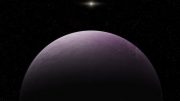


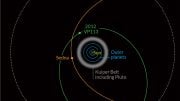
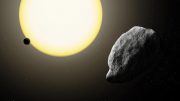
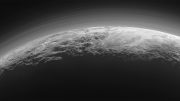
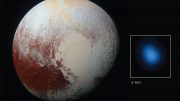

Wrong headline. “Discovered 3 years ago…”
TG378’s period is in an exact 8:1 resonance with the planet Astronomer Forbes predicted in 1880.
40,000/5000=8.000
TG378’s orbital period is almost in an exact 8:1 resonance with Vulcan’s orbital period:
40,000/4,969 = 8.050.
The uncertainties in Forbes orbit are =/-200 years. The two sigma uncertainties in Vulcan’s are +/- 11.5 years.